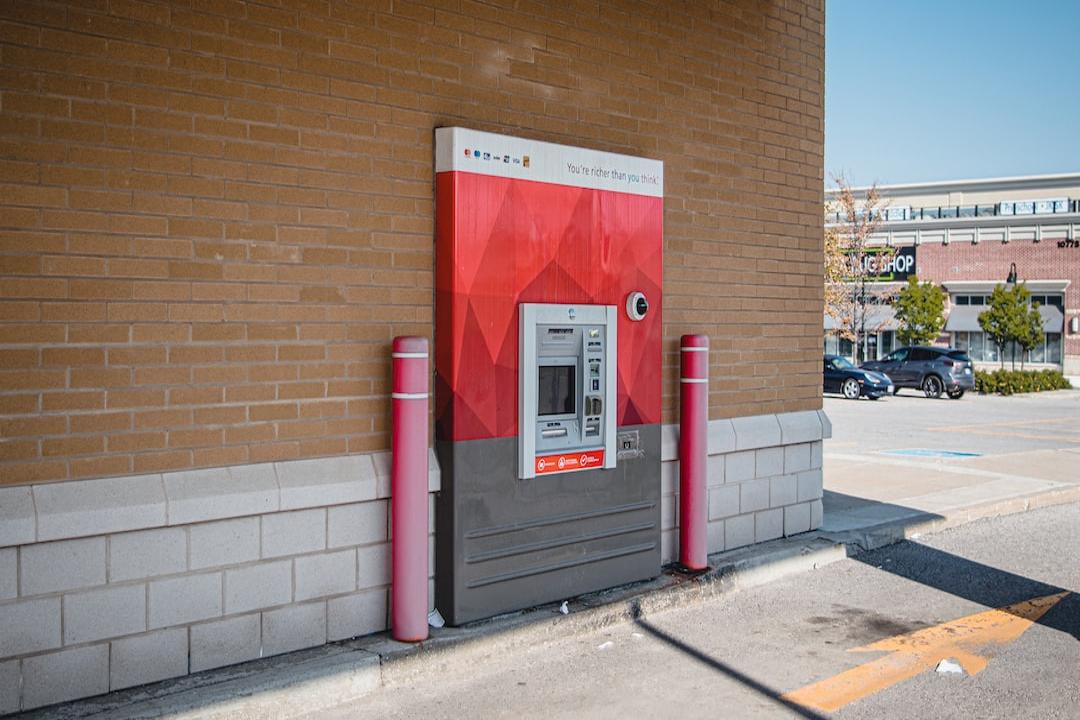Bitcoin’s volatility over the past year has now dropped below that of top tech stocks such as Tesla, Meta, and Nvidia, indicating its progress towards becoming a more stable and mature asset class.
As of May 11, Bitcoin’s 1-year realized volatility, which measures the deviation of returns from the average return of the market, stood at approximately 44.88%. In comparison, the annualized realized volatility of stocks like Tesla, Meta, and Nvidia was over 50%.
Furthermore, Fidelity Investment’s latest report highlighted that Bitcoin has exhibited lower volatility compared to 33 out of the roughly 500 companies in the S&P 500 index.
Bitcoin’s volatility in its early years was much higher, exceeding 200%. This is a common trend among newer asset classes that experience significant capital inflows. However, as Bitcoin has gained more capital and market participants, its volatility has gradually stabilized over time.
The recent volatility patterns of Bitcoin closely resemble those of gold during its early trading years. Both assets have undergone a period of price discovery, characterized initially by high volatility which has subsided as the market matures.
Gold experienced a surge in prices and volatility after it was decoupled from the U.S. dollar in 1971 and private ownership was legalized in 1974. However, as gold became an established asset class with a more stable price range, its volatility decreased. This similarity suggests that Bitcoin is also transitioning towards a more stabilized asset class as it becomes integrated into the broader financial landscape.
Notably, the period of lower volatility in Bitcoin has historically preceded major price increases. This indicates that when the price stabilizes, sentiment among existing and new investors tends to become more positive.
Since December 2023, when Bitcoin’s 1-year volatility was around 43%, its price has risen by approximately 75%. The demand for spot Bitcoin ETFs in the United States has further contributed to this price increase, with these ETFs attracting a cumulative $11.68 billion as of May 11.
Industry experts anticipate that significant institutional players such as sovereign wealth funds, pension funds, and endowments will engage with spot Bitcoin ETFs in the coming months. These institutional investors typically have strict risk management protocols, and lower volatility in an asset class aligns better with their investment strategies.
While it is important to note that this article does not provide investment advice or recommendations, the decrease in Bitcoin’s volatility and the anticipated inflows into ETFs suggest that the BTC price may rise towards the $100,000-150,000 range in the future. Investors should conduct their own research and exercise caution when making investment decisions.

